Airborne Early Warning and Control (AEW&C) systems are a crucial component of modern military operations. These systems provide surveillance, command, control, and communications needed to efficiently direct and coordinate military aircraft.
AEW&C systems have been incorporated into a wide range of aircraft, from helicopters to large fixed-wing platforms, and have seen service in many countries.
Historically, the UK, US, and former-Soviet Union have operated many different types of AEW&C aircraft such as the Avro Shackleton AEW.2, Fairey Gannet AEW.3, Grumman E-1 Tracer, Lockheed EC-121 Warning Star, and the Tupolev Tu-126, respectively. These platforms played significant roles in Cold War defence operations.
In the modern day, a broader range of countries have developed or acquired their own AEW&C platforms. Some of these nations continue to use dependable, operationally-proven types, such as the Boeing E-3 Sentry or Northrop Grumman E-2 Hawkeye.
Chile officially receives two E-3 Sentry aircraft donated by the UK
These types of aircraft have been employed by an increasing number of countries over the past 30 years.
While several nations continue to employ proven AEW&C aircraft types, newer platforms that incorporate the latest technology are transforming the future of AEW&C. For instance, the active electronically-scanned array (AESA) radar, integrated into newer platforms, outperforms older models (generally based in rotating radars), contributing to a rapidly growing market for new AEW&C aircraft.
This market growth is reflected in mid-life upgrade (MLU) programmes, the transformation of existing platforms into new ‘legacy’ variants, or the acquisition of entirely new platforms.
Peruvian Government plans to acquire Airborne Early Warning Aircraft and New Land Radars
Beyond traditional manned platforms, the AEW&C landscape is also changing with the advent of unmanned platforms.This marks a significant development in the evolution of AEW&C platforms, pushing the envelope for what such systems can achieve.
From the early days of the Cold War to the modern battlefield, AEW&C systems have played a critical role in military operations. As technology evolves, so too does the potential of these systems, promising a new era of improved surveillance, command, control, and communications capabilities.
Whether through upgrades to proven platforms, the development of new manned aircraft, or the emergence of unmanned platforms, the future of AEW&C is bright, continually pushing the boundaries of what is possible in airborne early warning and control.





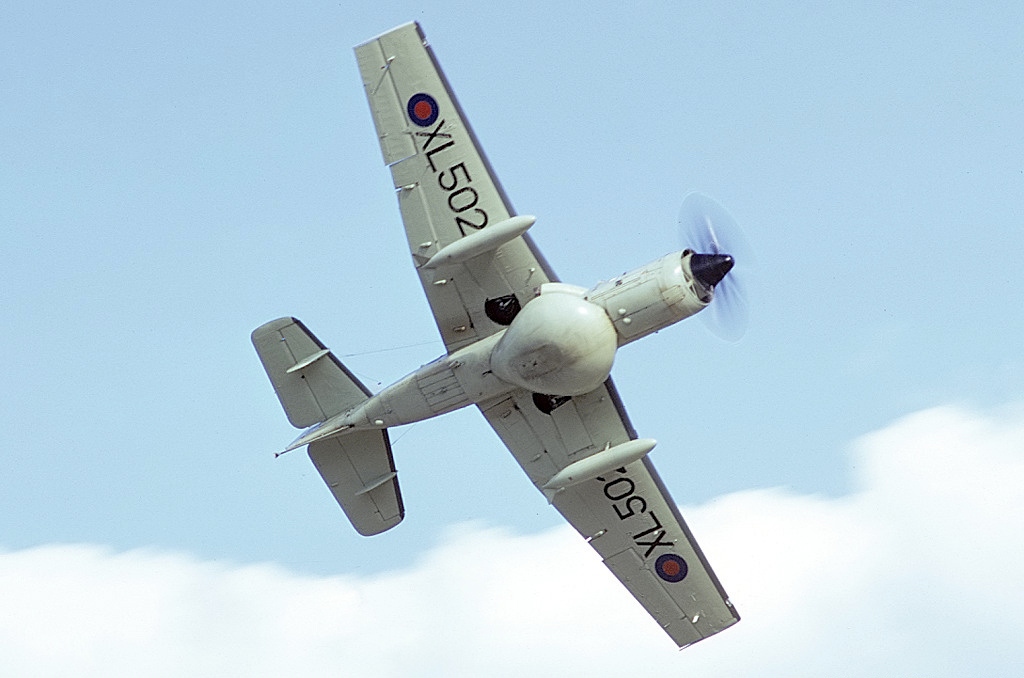

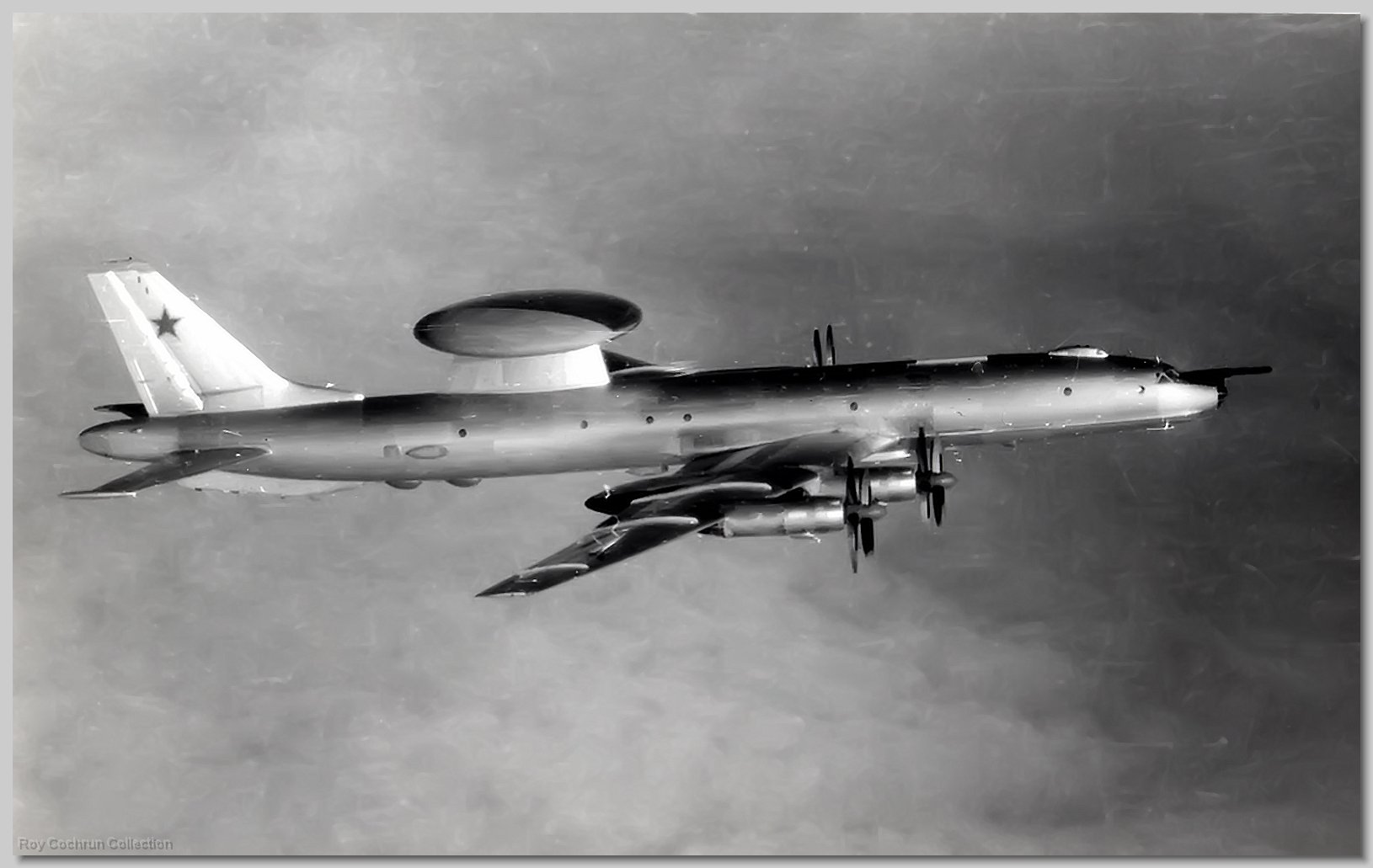
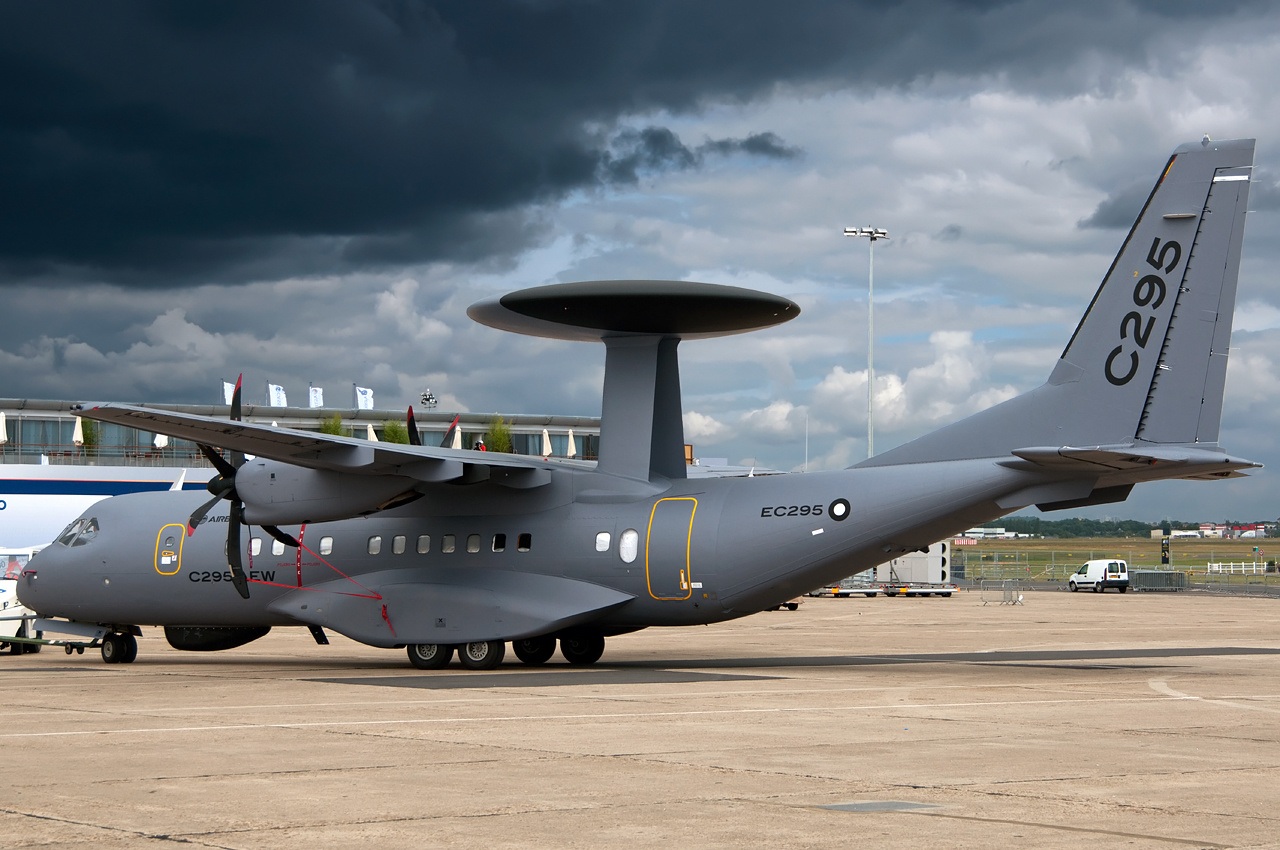
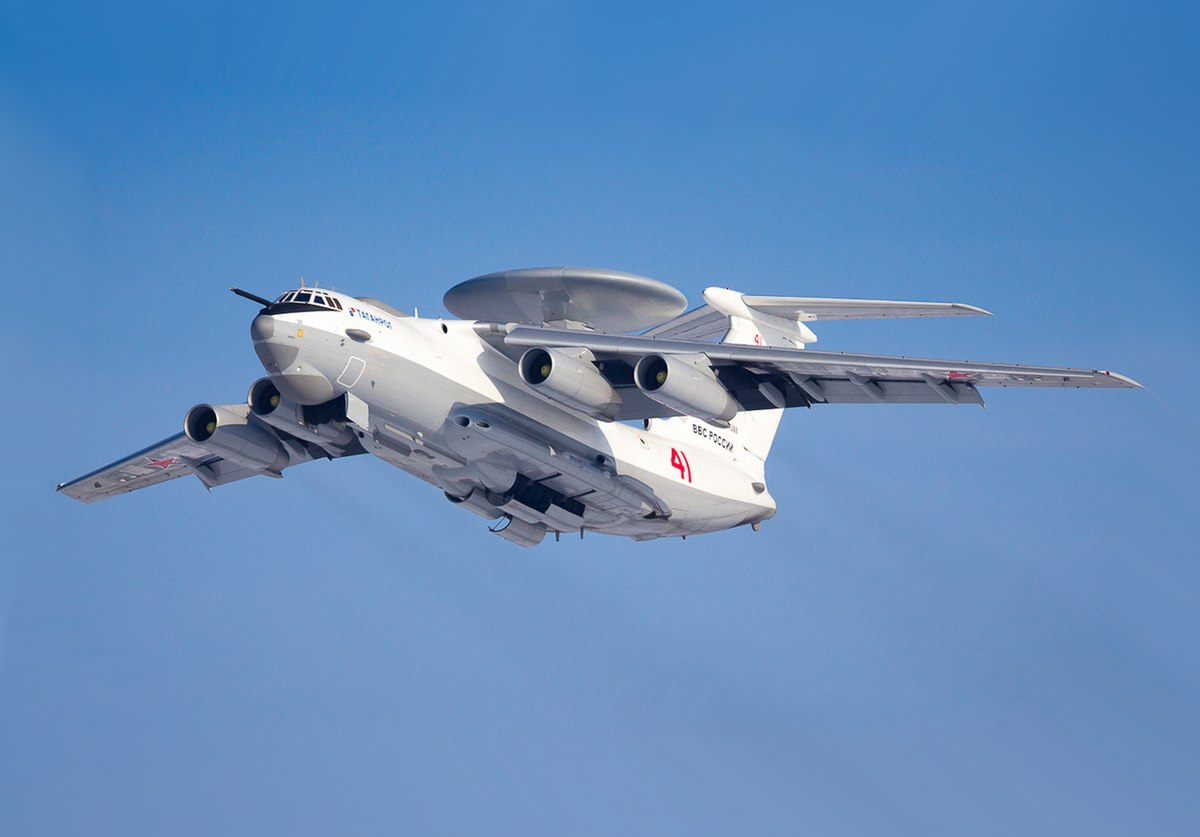
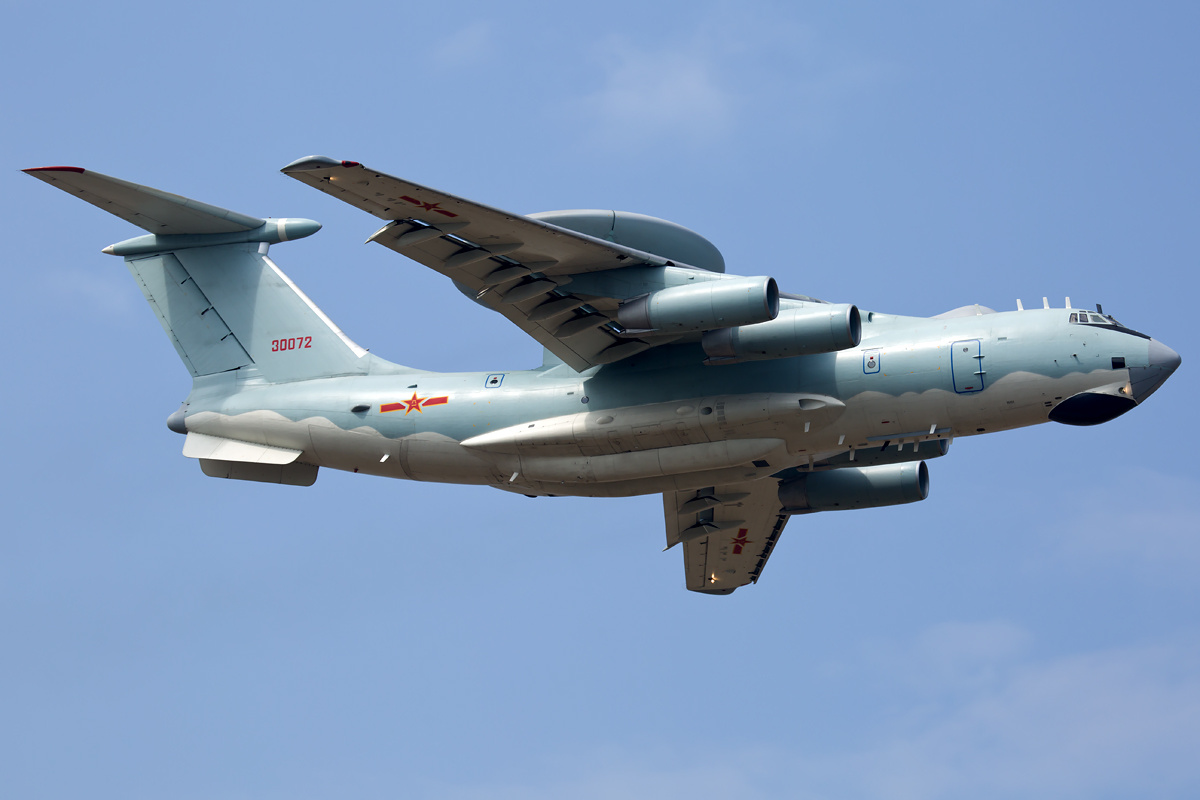
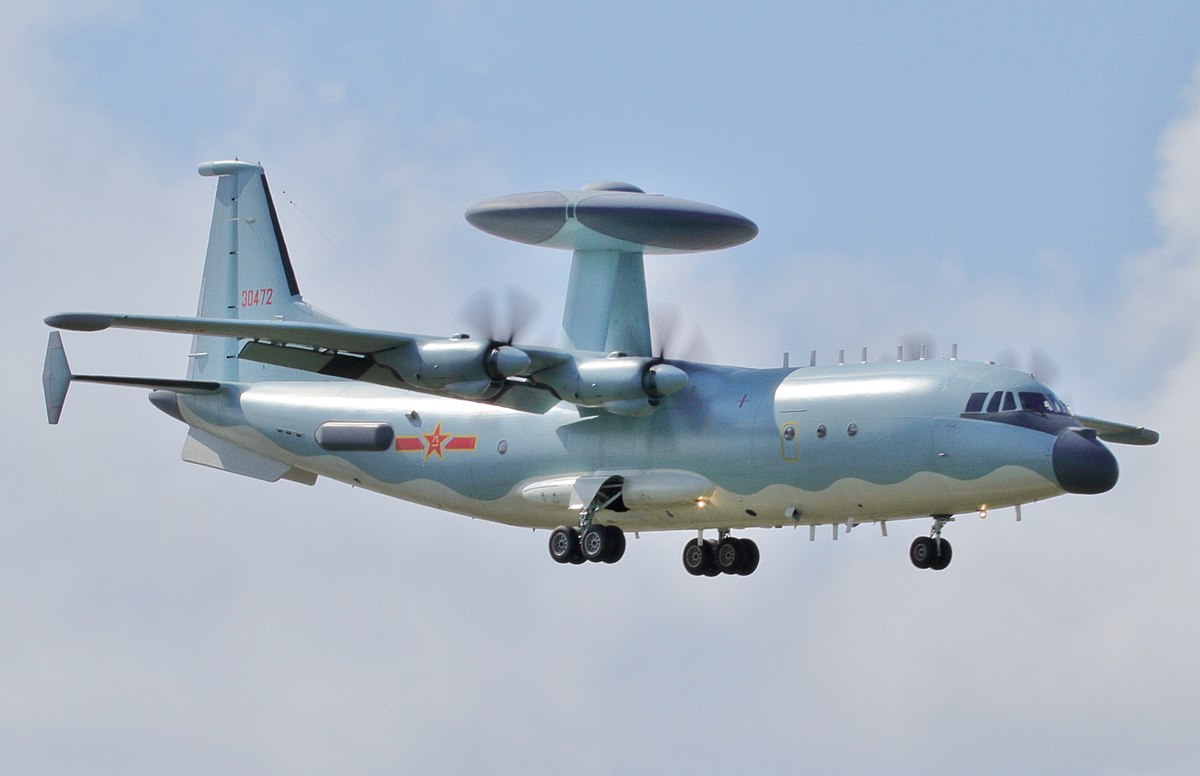
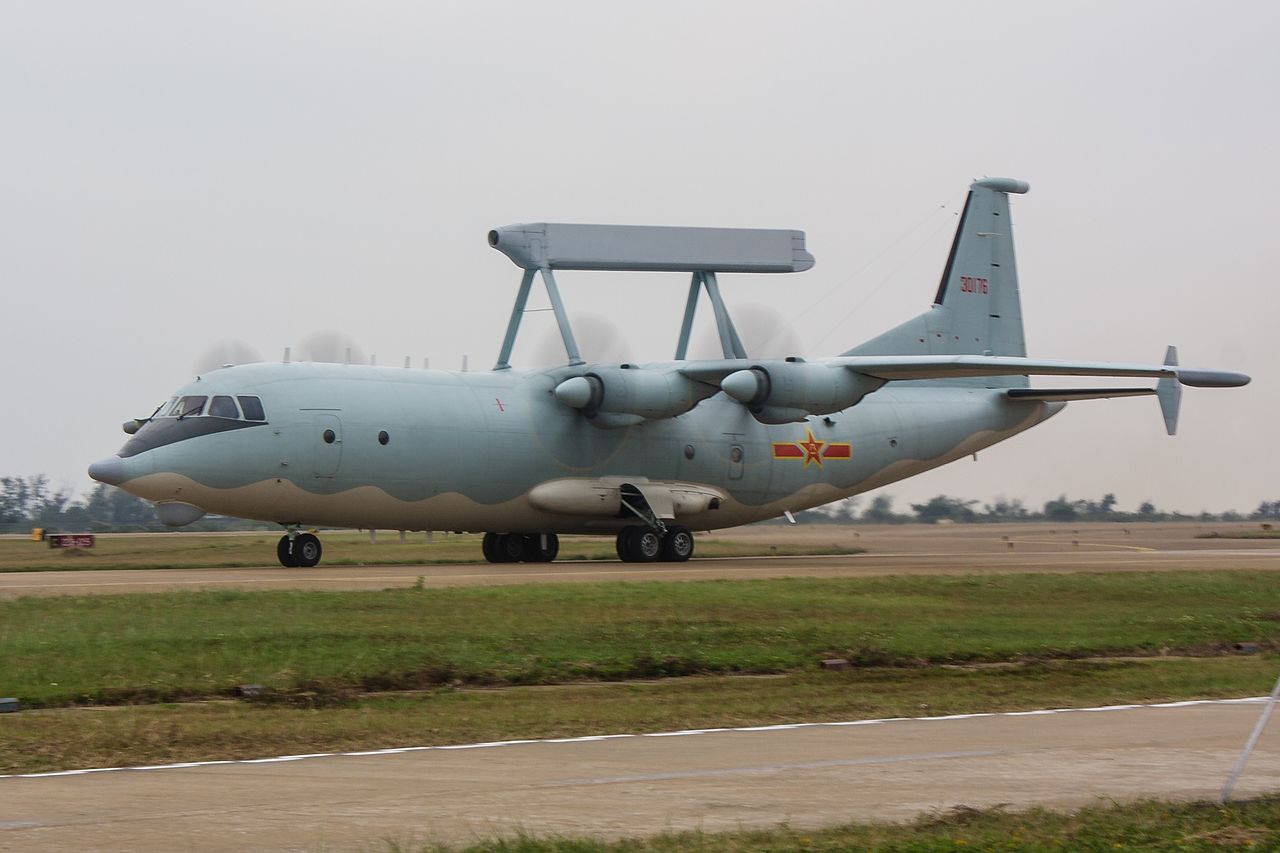
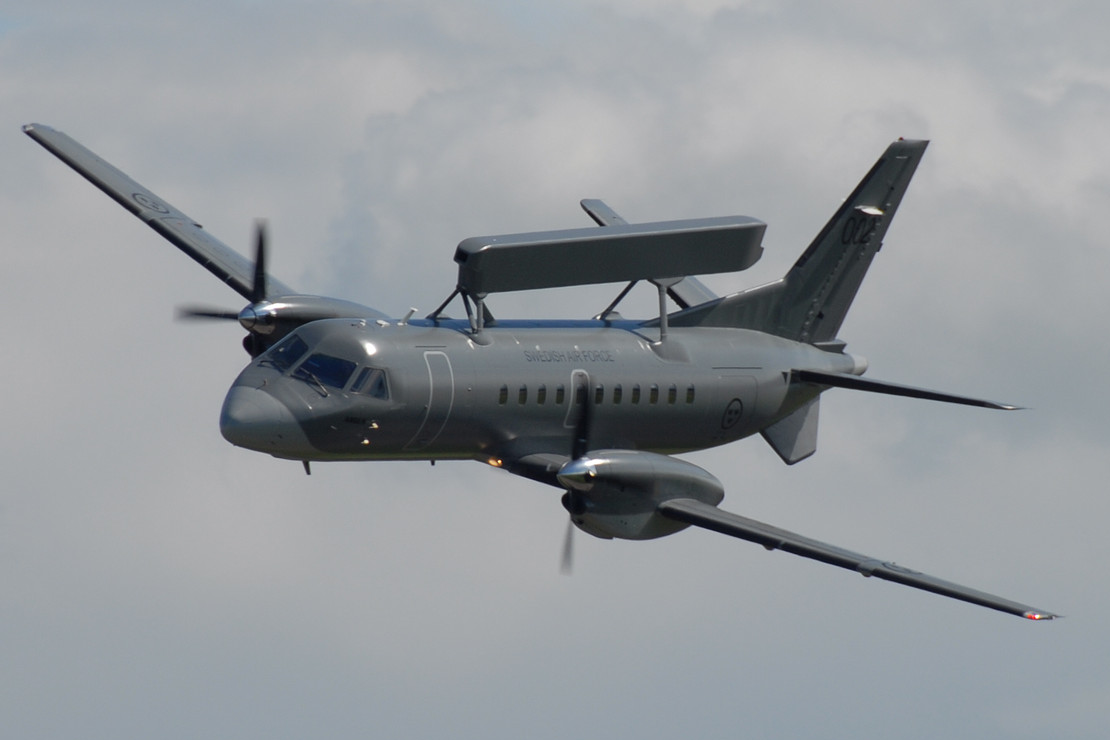
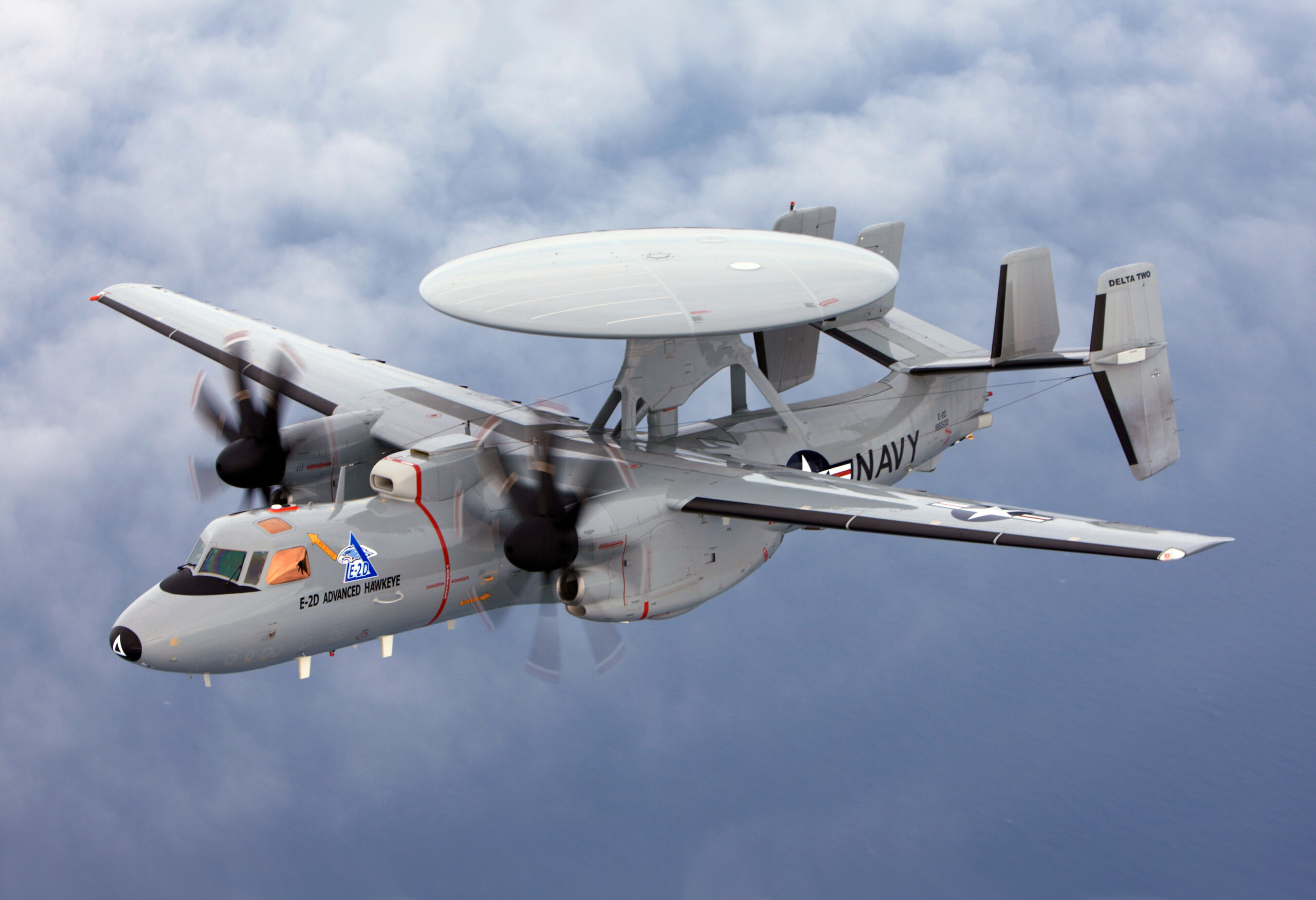
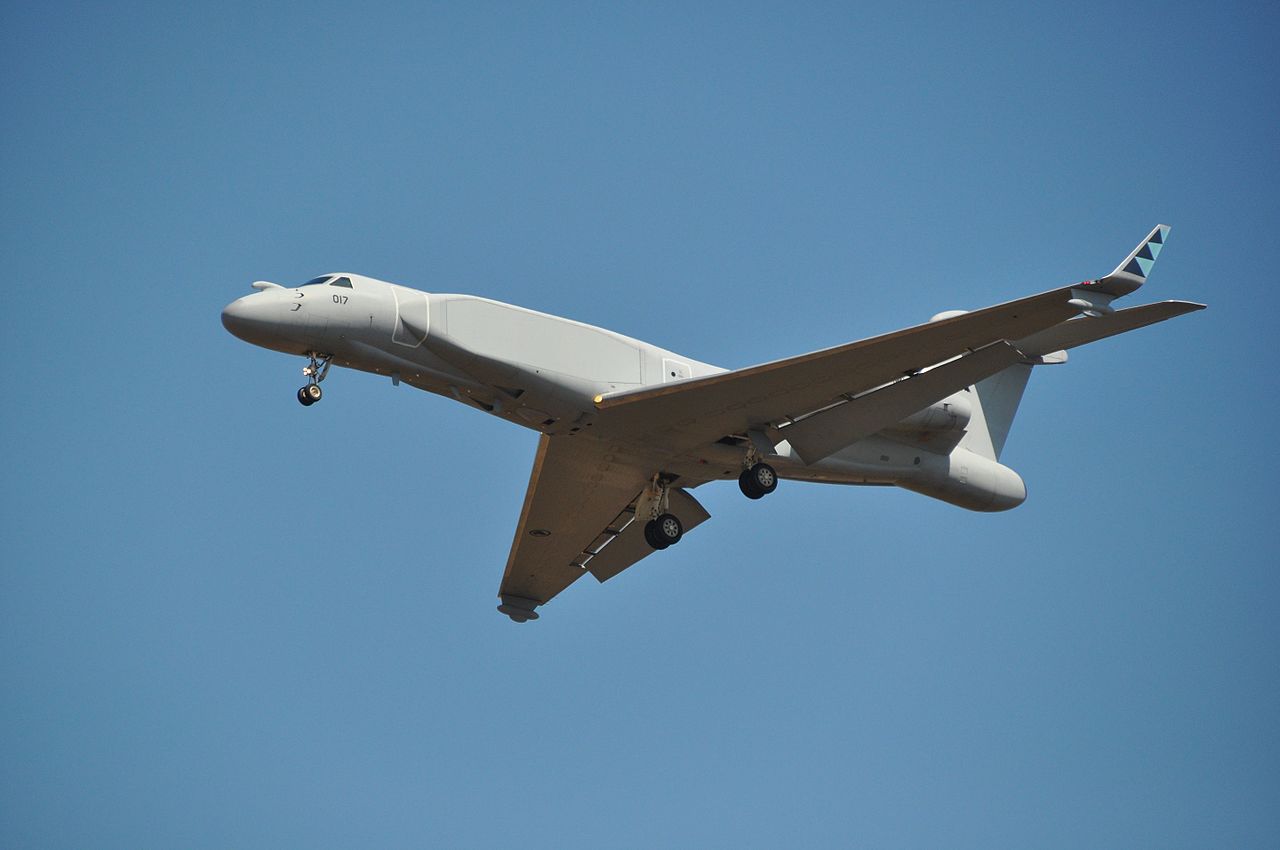
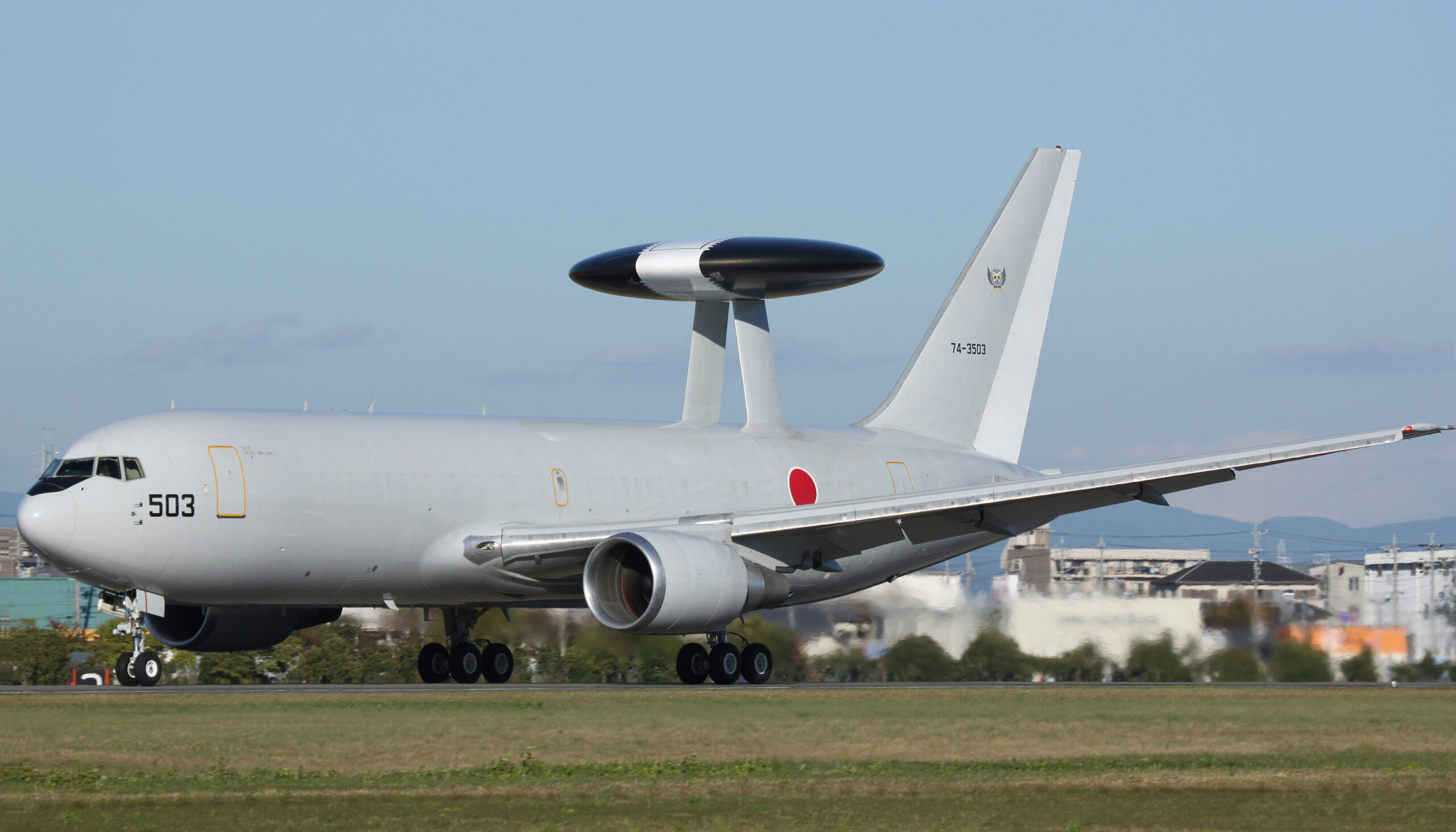

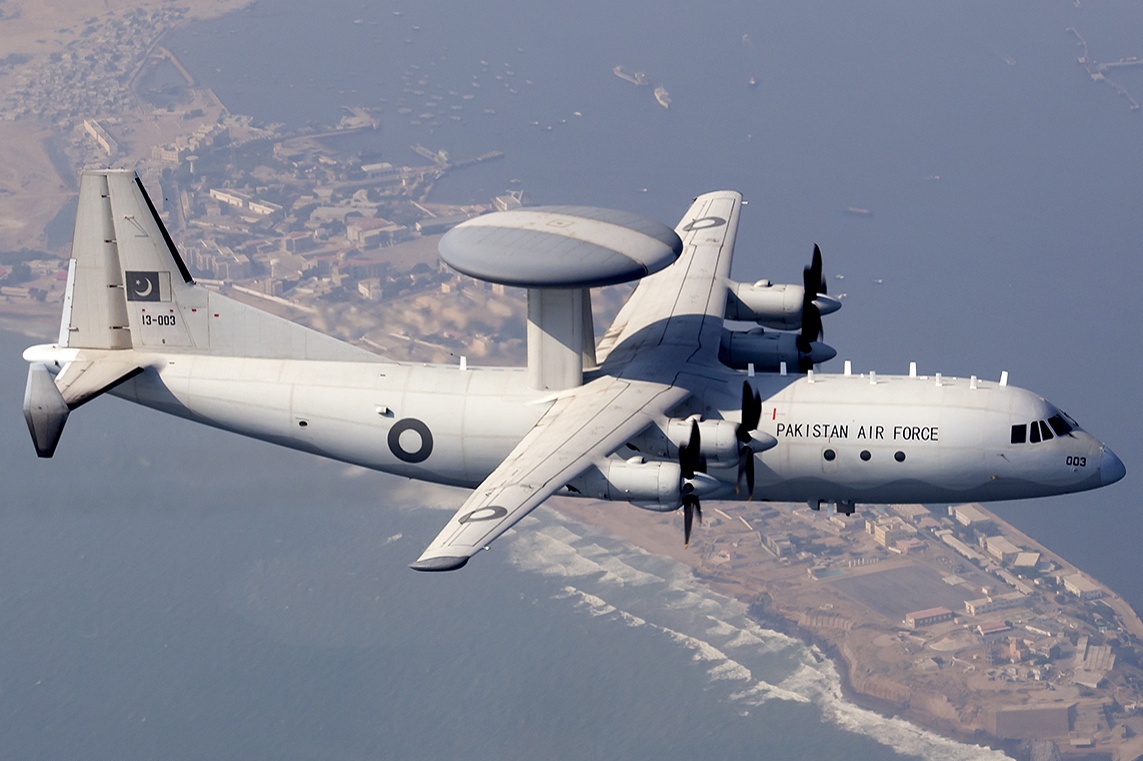
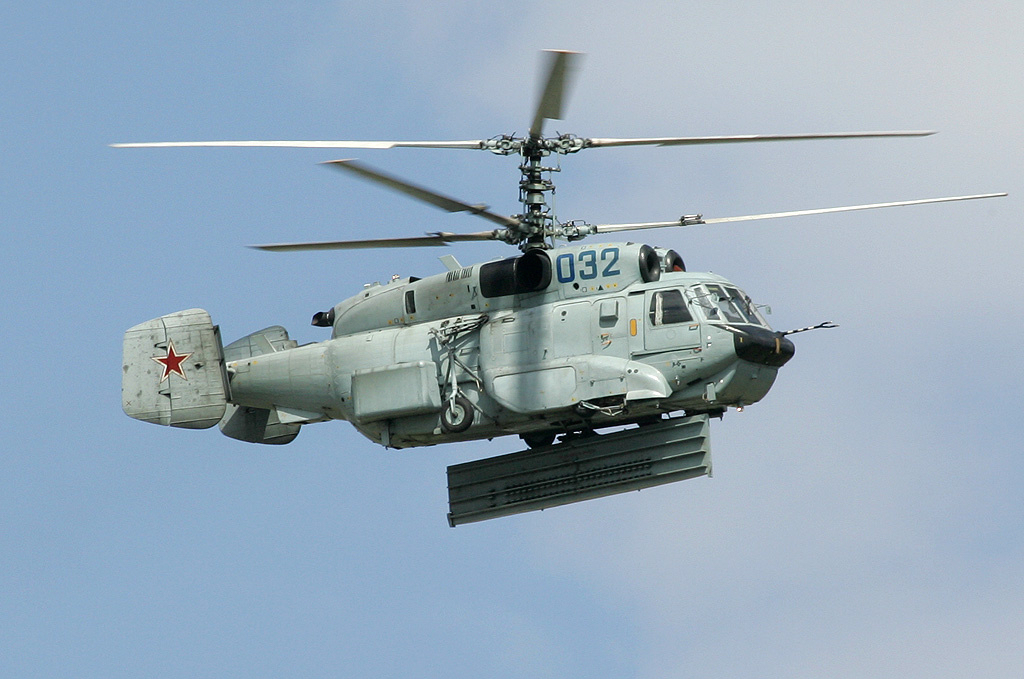
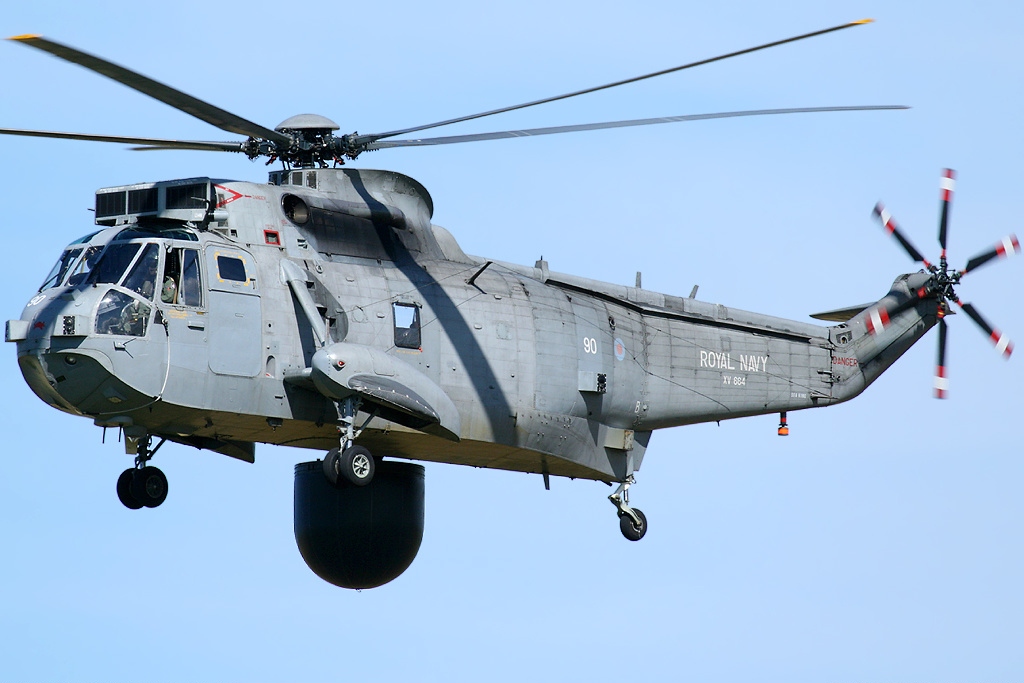
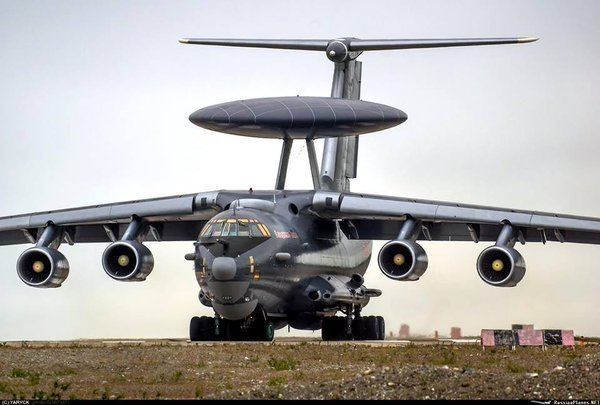

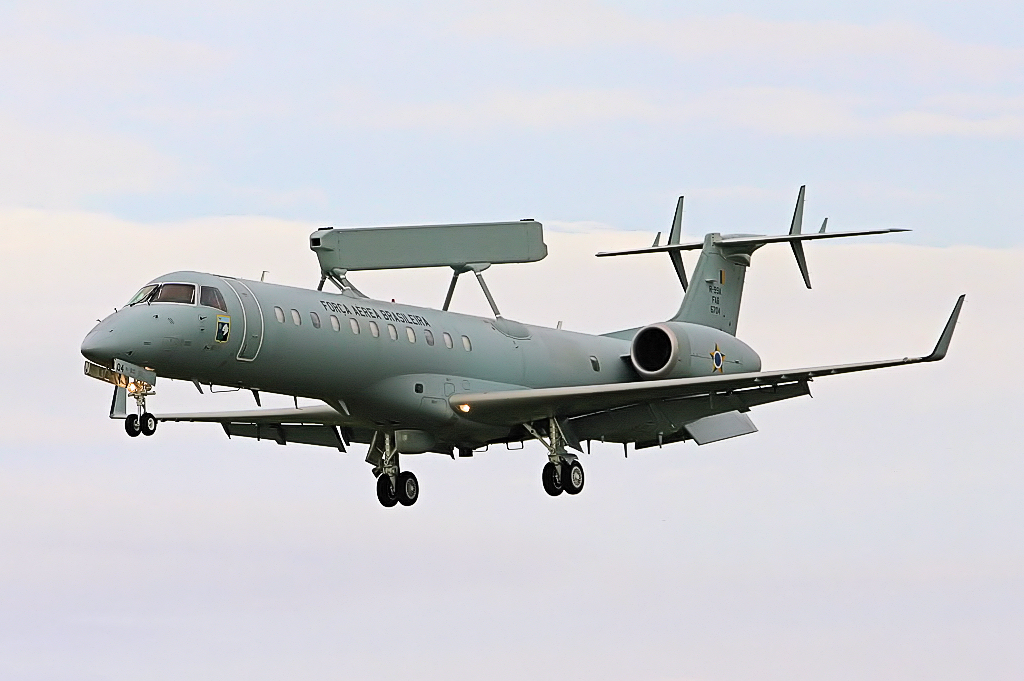


Comentarios
Para comentar, debés estar registrado
Por favor, iniciá sesión